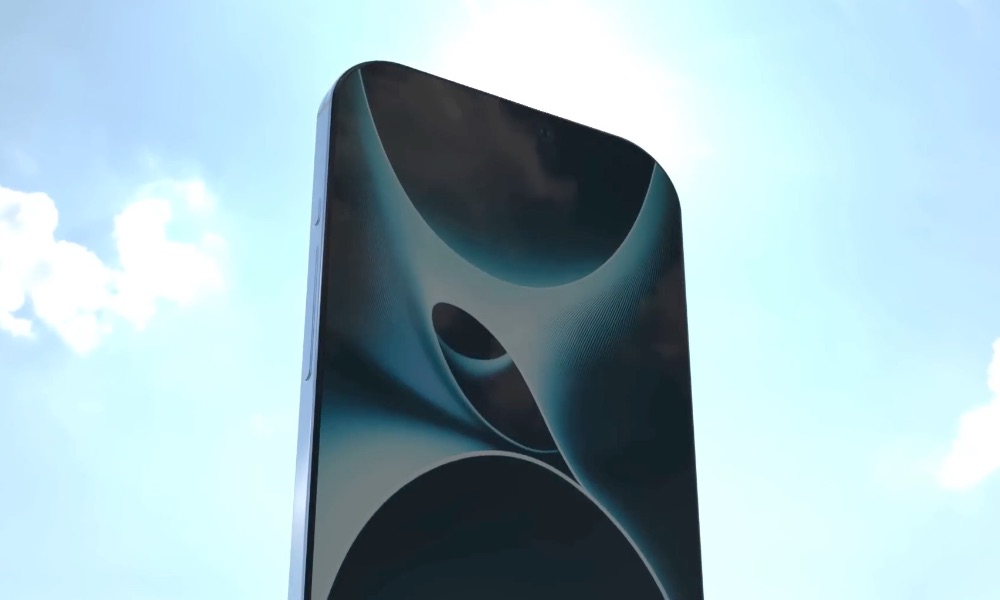iPhone 16 Pro Max Displays May Be Slightly Behind Schedule
 Credit: 4RMD
Credit: 4RMD
Toggle Dark Mode
With Apple expected to unveil its iPhone 16 lineup in less than four months, the company’s suppliers are preparing to go into full swing to produce the millions upon millions of units that will be needed to meet expected demand.
This includes all of the needed components for the iPhone 16, and today Apple has reportedly given the go-ahead for its OLED suppliers to mass-produce displays all of the iPhone 16 models except one.
According to South Korea’s The Elec, Apple is divvying up display production among the usual suspects: Samsung, LG, and BOE, with each one making some of the displays for some models.
Only Samsung Display will be producing OLED panels for all four iPhone 16 models, while LG will be focused on the iPhone 16 Pro and iPhone 16 Pro Max, and BOE will handle the displays for the iPhone 16 and iPhone 16 Plus. Although Apple’s standard iPhones still use OLED technology, the requirements for these displays are lower as they’ll likely still be the 60Hz LTPS panels as the iPhone 15. That means no always-on display and no faster 120Hz refresh rate.
By comparison, the iPhone 15 Pro and iPhone 15 Pro Max use LTPO displays that are capable of variable refresh rates that can reach 120Hz on the top end and drop all the way down to 1Hz for an extremely power-efficient always-on display mode. The iPhone 16 Pro and iPhone 16 Pro Max are expected to use similar technology, although recent rumors have suggested they could be 20% brighter than the ones in the iPhone 15 Pro models.
While The Elec says the iPhone 16 Pro displays use the same manufacturing process as the iPhone 15 Pro, the approval for the larger iPhone 16 Pro Max panels is taking a bit longer than expected, which seems odd.
According to reports, the iPhone 16 Pro and iPhone 16 Pro Max will use identical OLED panels in every way but size. However, Apple has reportedly already green-lit both Samsung and LG to produce iPhone 16 Pro displays but has yet to do the same for the iPhone 16 Pro Max.
This could just be a procedural issue — Samsung’s approval is said to be coming by the end of this week — but it’s also possible the new Border Reduction Structure (BRS) that’s being used to slim down the bezels could have an impact. Some leaked reports have indicated suppliers have experienced heat-related challenges, which could be more prevalent on the larger screen.
This year’s iPhone 16 Pro Max is also expected to have the largest iPhone screen Apple has ever produced, growing to 6.9 inches, which could exacerbate the problem. The Elec notes that LG likely won’t pass the necessary quality assurance (QA) testing until the middle of June.
While this has led to some speculation that the iPhone 16 Pro Max could face limited stock levels at launch or even be delayed, it’s far too early in the process to assume that will be the case. Apple reportedly faced similar challenges last year, but when the dust settled, the larger iPhone launched on time and it wasn’t as hard to get as some feared it would be.
[The information provided in this article has NOT been confirmed by Apple and may be speculation. Provided details may not be factual. Take all rumors, tech or otherwise, with a grain of salt.]








